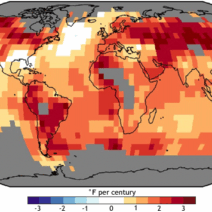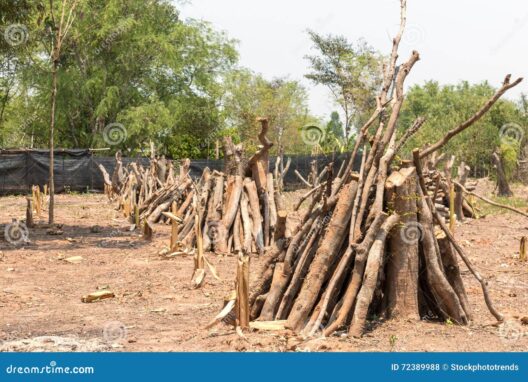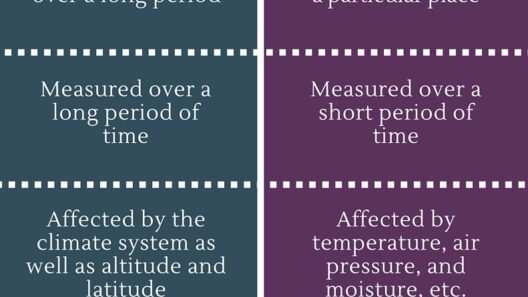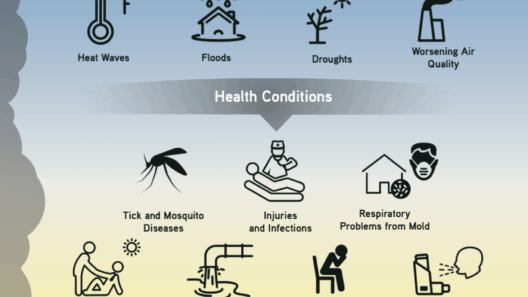The West Region of the United States is a veritable canvas of climatic diversity, an intricate tapestry that unfolds from the sun-drenched expanses of desert to the senescent peaks of towering mountains, all while being gently caressed by the soft fingers of coastal breezes. Understanding the climate in this region requires delving into the unique characteristics of each geographic feature, each holding its own distinct narrative of weather and environmental phenomena.
Mountains define the skyline of the West, jutting towards the heavens like ancient sentinels guarding secrets of the earth. The Rocky Mountains, Sierra Nevada, and Cascade Range serve not only as geographical landmarks but also as pivotal players in the climate drama of the West. At higher altitudes, temperatures plummet, creating a stark, alpine environment adorned with snow-capped peaks and subalpine forests that transition dramatically to tundra-like conditions. This altitude-centric climate leads to a phenomenon known as orographic lift, wherein moist air ascends the mountain slopes, cooling and condensing to spawn precipitation. These summits act like natural barriers, splitting the climate regimes into contrasting narratives, where lush forests blanket the windward side and stark, parched landscapes dominate the leeward slopes.
As we move from these lofty heights to the arid expanses of the desert, the climate takes a remarkable turn. The state of Nevada, parts of California, and the vast stretches of Arizona present a stark contrast to the verdant mountain ecosystems. The desert climate, characterized by its scorching summers and frigid winters, reveals a landscape of extremes. Here, the sun reigns supreme, its fierce beams imbuing life with a relentless vigor. This desert dance unfolds under a sky that transitions from deep azure during the day to a canvas of stars at night. Precipitation here is a scarce treasure, an annual event that often arrives in the form of brief, torrential downpours that breathe life into a parched landscape momentarily. The resilience of desert flora, like the iconic saguaro cactus, stands testament to the life that thrives in adversity, showcasing a stunning adaptation to these unforgiving climes.
Yet the desert is not merely a barren expanse; it teems with life adapted to the harshest conditions. The flora and fauna of the desert exhibit extraordinary survival mechanisms. Many desert plants have evolved with thick skins and deep root systems, harnessing every drop of moisture with relentless tenacity. Animals, too, have carved out niches, often becoming nocturnal to evade the punishing heat of midday sun, showcasing nature’s uncanny ability to adjust and thrive in inhospitable settings.
Transitioning from the arid desert landscapes to the refreshing embrace of the coastal climate, one can’t help but feel as though the atmosphere changes with the scenery. The coastal regions of the West, stretching from California to the Pacific Northwest, offer a refreshing contrast. Here, the climate is framed by the rhythmic lullaby of ocean waves. The cool Pacific Ocean influences the weather significantly, bringing about temperate conditions characterized by mild summers and cool, damp winters. This maritime climate fosters a lush environment, where redwood forests ascend to the sky, and coastal meadows flourish with vibrant wildflowers. The near-constant presence of marine layers and coastal breezes creates a unique microclimate that contributes to the stunning biodiversity found in these regions.
The interplay of coastal breezes serves not just to moderate temperatures but also enriches the air with moisture. Fog rolls in from the ocean, enveloping coastal jaunts in a blanket of mist, fostering a habitat that thrives on the precipice of land and sea. This phenomenon, often referred to as the coastal influence, accentuates the dramatic contrast between the verdant hills and the expansive ocean waves, illustrating nature’s ability to create beauty in juxtaposition.
In addition to these geographic and climatic contrasts, the West confronts significant environmental challenges exacerbated by climate change. As global temperatures rise, the snowpack in the mountains is diminishing, affecting water supply for millions. The deserts are increasingly vulnerable to more severe and prolonged droughts, resulting in deeper ecological impacts. Coastal areas face the threat of rising sea levels, threatening both ecosystems and human settlements alike. Thus, understanding the unique climates of the West is paramount not only in appreciating the beauty and diversity of this region but also in recognizing the urgent need for sustainable practices that address climatic challenges head-on.
As we stand at this intersection of mountains, deserts, and coastal breezes, the West Region offers a captivating tableau, a harmonious symphony of climatic identity. Each element, from the alpine heights to the fiery desert floor and finally the temperate seas, contributes to the overarching narrative of environmental resilience and vulnerability. It is a reminder that climate is not merely a backdrop but a living, breathing entity that shapes the life that flourishes upon this land. Our understanding and respect for these climate modes underscore the importance of stewardship and proactive engagement in the face of climatic alterations, ensuring that these natural spectacles endure for generations to come.








